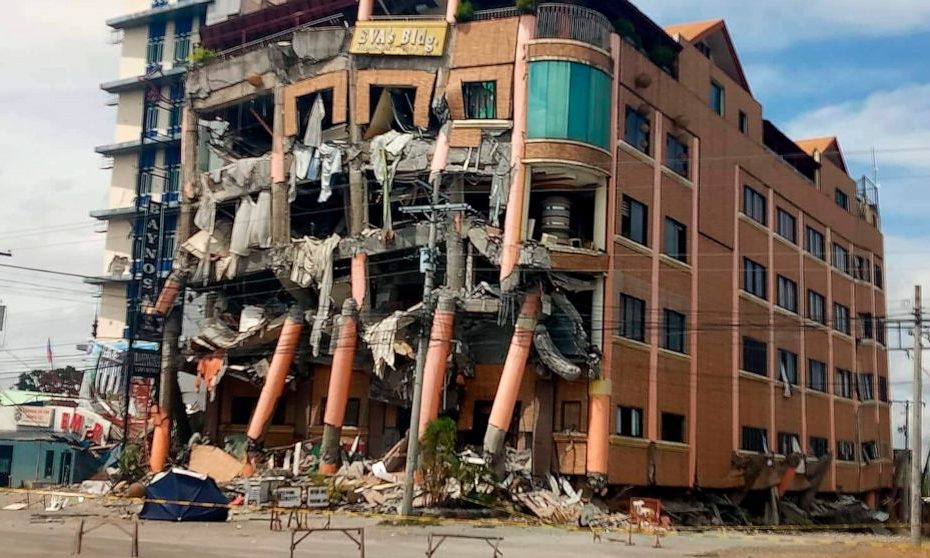Perhaps you are familiar with Titanic which sank upon hitting an iceberg on April 15, 1912. Or the Tacoma Bridge that collapsed on November 7, 1940 because of the miscalculated wind load. Or the Columbia Space Shuttle that disintegrated upon its return to Earth on February 1, 2003. Or the Lotus Riverside Block 7, a 14-storey apart building in China, which collapsed on June 27, 2009.
There is a theme common to all the mentioned disasters: engineers designed them all, and their designs failed. Why?
/https://public-media.smithsonianmag.com/filer/Titanic-sinking-illustration-631.jpg)
The answers vary to each case but central to these answers is human error.
Engineers who designed them might have missed something that was not counterchecked, or a miscalculation was committed during the design. It can also be that an unforeseen circumstance was not considered in the design, thus it failed. There was a specific mode of failure that was not bothered to look at, because presumably it wasn’t risky.
As Henry Petroski describes it in a book he published in 1985, “to engineer is human.” He dignified that failure is essential to a successful design – that there is a constant correlation between engineering and the chaotic realities of life.
This, however, should not be every engineer’s reason when he or she commits a deadly engineering mistake. An ample amount of failures is necessary for a successful engineering design, but not to the extent of taking the lives of the people.
An engineer doesn’t go to the court to defend himself of the mess he or she made and reason that “I’m only human.” Engineers need to be fully accountable of their design, and sort out his or her being human.
Despite errors being embedded in the design process, engineers, to make the safest of designs, should always seek to find that mode of failure they might have missed before giving it a shot in the service of mankind.
While on the process of designing, it is worth noting to test its failure in all areas. This is repeatedly done until the design no longer fails. That’s the best time to deploy.
Top photo by AP
An original version of this article was written by Engineer Dee for GineersNow in 2017.
